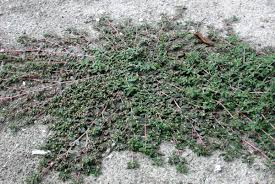
Fatty acid herbicides represent potential alternatives for managing glyphosate resistant weeds as well as an option for less environmental impacts for post emergent weed management. However, optimal use patterns have not been fully established. From 2020 to 2023, five different fatty acid herbicides were examined with and without adjuvants to determine optimal use patterns to manage grassy and broadleaf weeds as directed applications. The two different active ingredients screened were pelargonic acid (Axxe and Scythe) and the combination of caprylic acid + capric acid (FireWorxx, HomePlate, and Suppress). The weeds studied were annual bluegrass, (Poa annua), chickweed (Stellaria media), crabgrass (Digitaria sp.), smooth crabgrass (Digitaria ischaemum), field horsetail (Equisetum arense), redroot pigweed (Amaranthus retroflexus), and spotted/prostrate spurge (Chamaesyce maculata). Not all products were screened against all weeds, and no herbicide-weed combination was tested in three or more trials. Either solo or in combination with adjuvants, FireWorxx and Suppress provided excellent efficacy of smooth crabgrass, field horsetail, redroot pigweed and spotted spurge. Scythe provided great to excellent efficacy of these same weeds. HomePlate provided excellent efficacy for annual bluegrass and chickweed but variable efficacy for crabgrass. Axxe exhibited good to great efficacy for these same weeds.
